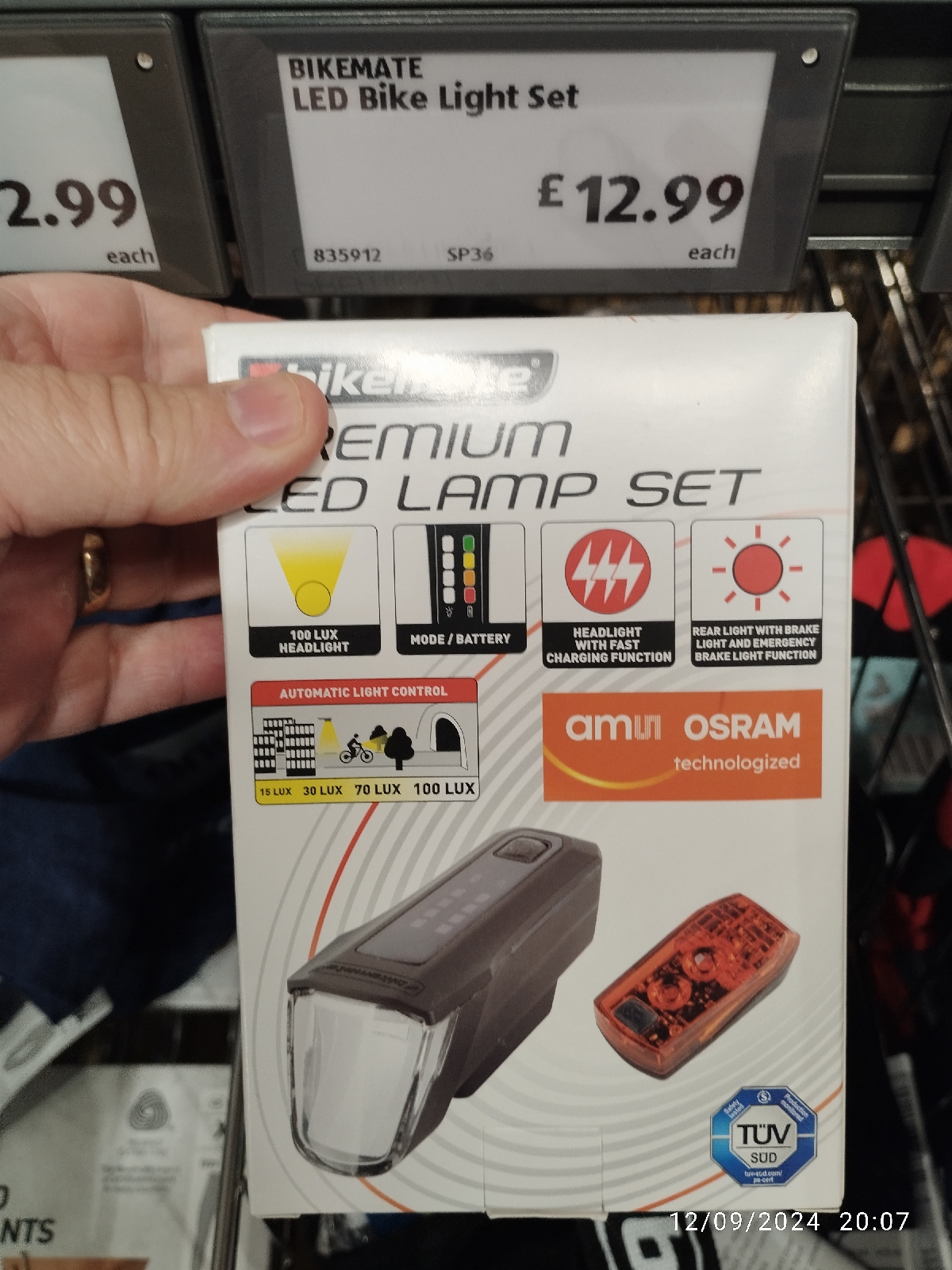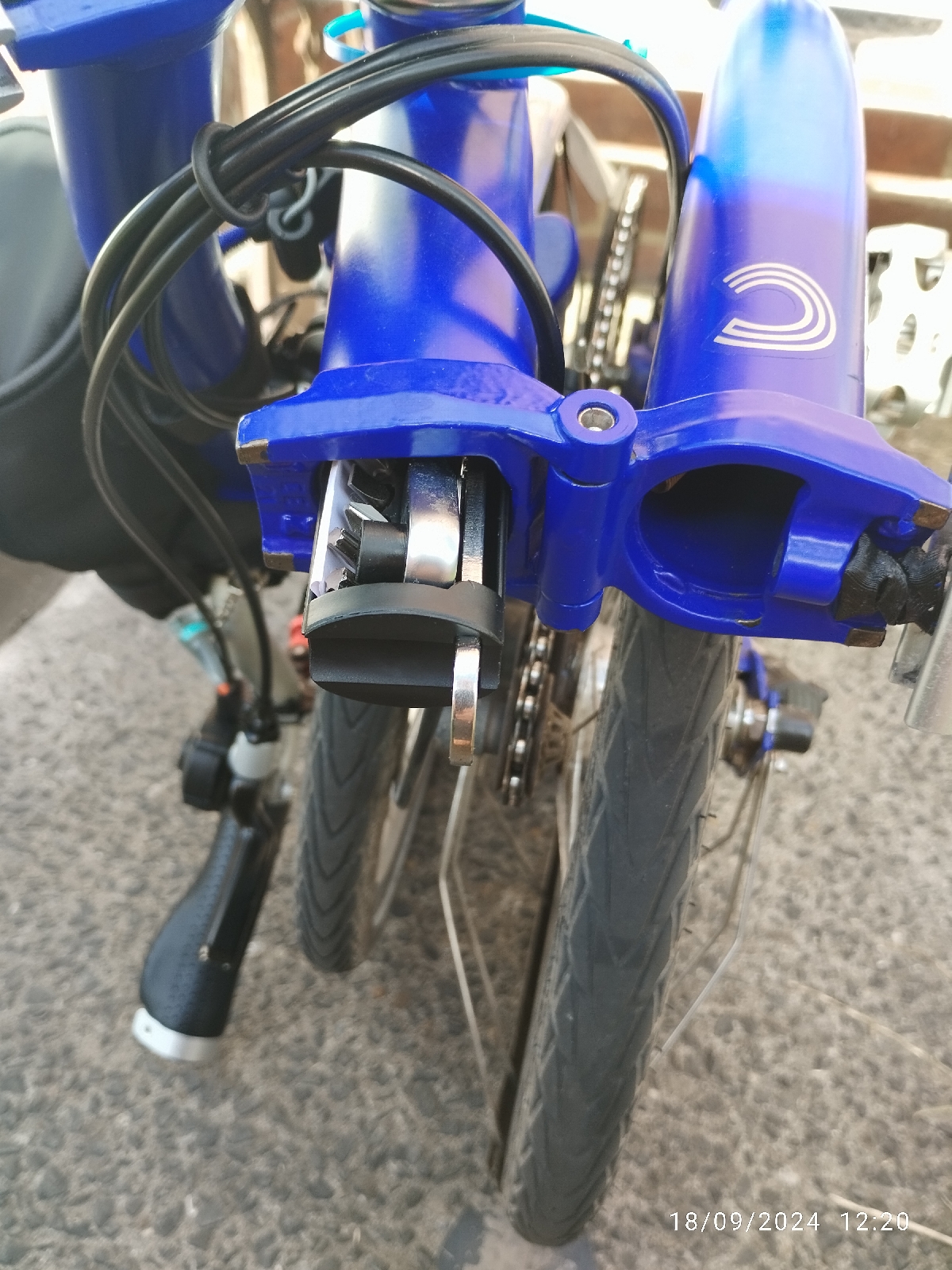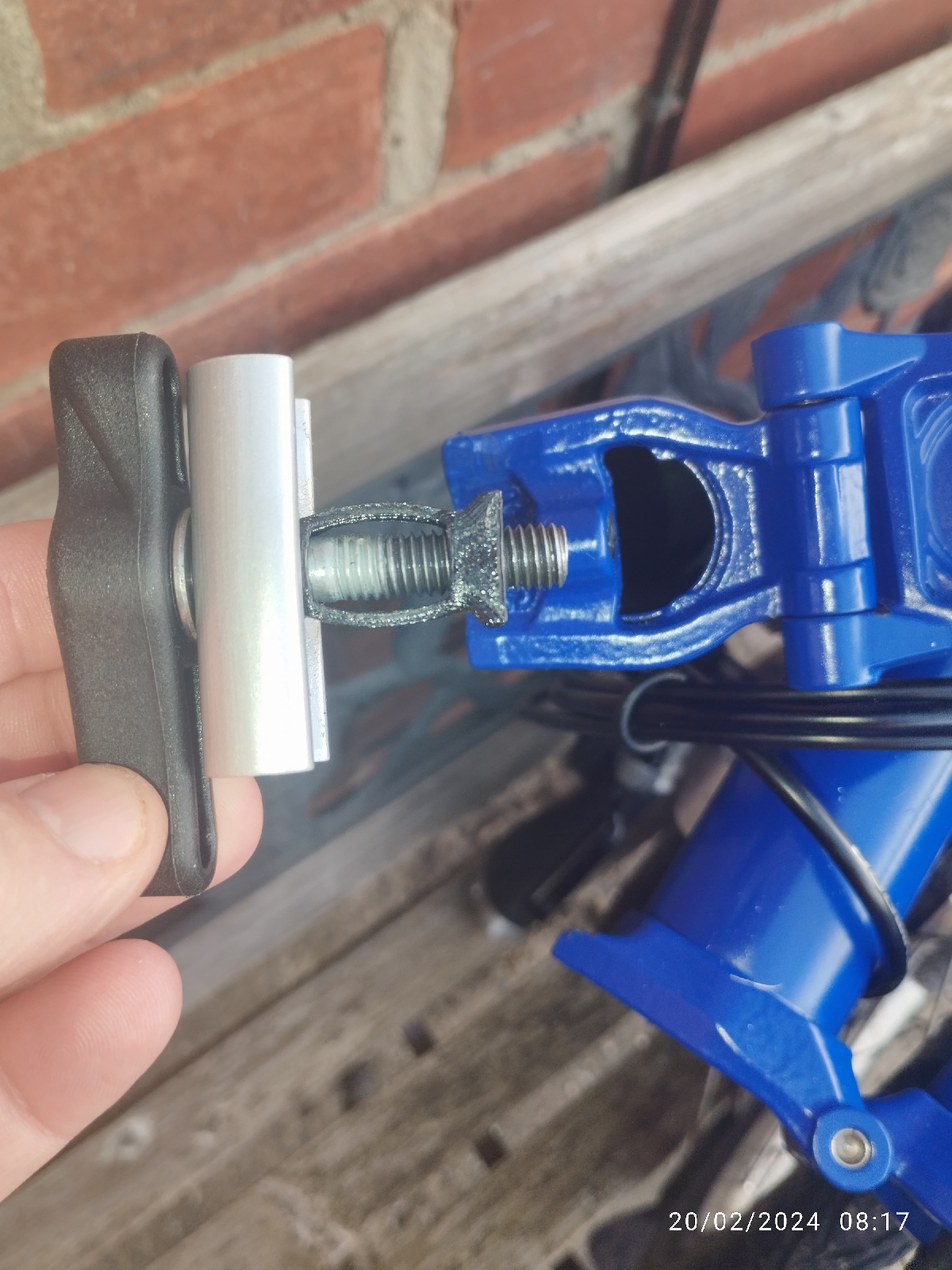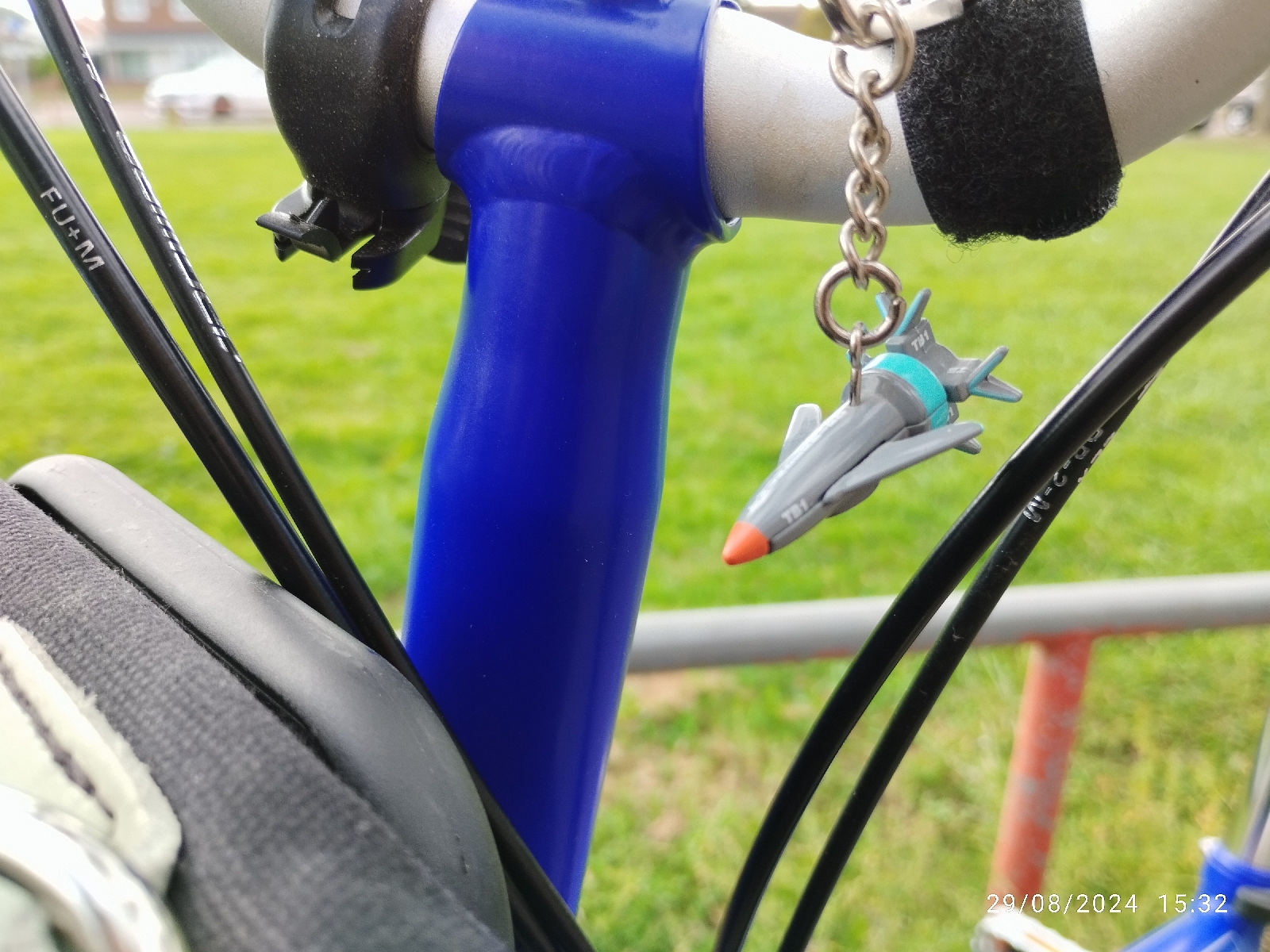This post was originally written as a CityCycle tour for Willcycle, but I'll post it here too
South Shields CityCycle Tour
This is a (mostly) scenic tour exploring some of the sights
and landmarks in and around South Shields.
The route starts and finishes at the ferry terminal for the Shields
ferry. This is also only a short distance from the South Shields Metro station.
Bikes are allowed on the Tyneside Metro off peak between South Shields and
Gateshead Stadium (only folded bikes are allows on the Metro in the underground
section).
The main route is approximately 12.5 miles long, but can be
halved by using NCN1 between the coast and the start and finish point at the
ferry terminal.
The route is mostly traffic free but does use some quieter
roads as links to make a relatively sensible route.
The route is on Komoot where you can also download the GPX file from if you prefer to use another app to navigate with.
Route description
The route starts at the ferry terminal on the river Tyne,
and heads west following NCN14 to Tyne Dock where one of the Sustrans portrait benches
is located.
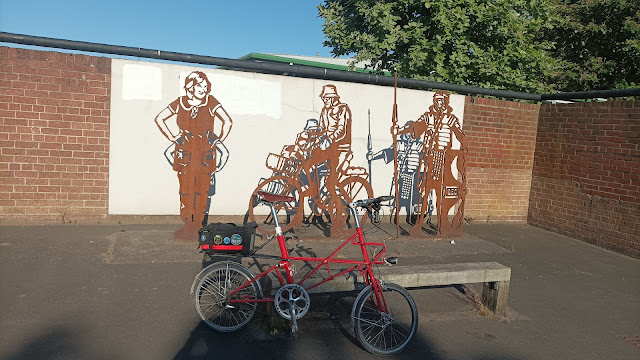 |
| The Sustrans portrait bench in South Shields |
The figures represented by the statues are:
- · Sarah Milligan who is from South Shields
- · Norman Fay who was a well loved and respected cyclist and cycle shop owner in South Shields
- · A Roman soldier to represent the town's importance as a roman garrison and port
The route then crosses the A194 via a toucan crossing, before
continuing along some shared use and segregated paths to Temple Park. Turn
right into McAnany Avenue and then the toucan crossing to safely cross the
A1300. Then follow the path around to the left and then cross over King George
road, and pick up the painted cycle lane for a few metres before turning into
Park avenue. Continue along Park Avenue to the end, and then cross Sunderland
road into Quarry lane.
Continue along Quarry
lane until the end. Go through the barrier and onto the path which is
still Quarry lane. Carry on along quarry lane and follow the path as it runs
along the back of the houses.
Ater a while, you’ll come to Lizard lane. Turn left and then
right into Grotto road. At the bottom, just around the bend, there is a cut you
can take to reach the Coast road. At the Coast road, cross to join the cycleway.
If you wish, there is a short detour south to Souter
Lighthouse which is owned and managed by the National Trust. It’s well worth a
visit, and there is a tea room which is normally open, but check beforehand.
 |
| Souter Lighthouse |
Then just follow the NCN1 cycleway north to the South Shields coast.
 |
| The South Tyneside coastline at Marsden |
Once you come to a junction with a road going off to the right, then take it and it will take you down to the promenade. You can then follow the promenade beside Southhaven beach to the south pier. There are various public works of art along here all the way to the Tyne. It can get busy, so be considerate and patient.
There are various pubs etc for refreshments. Smith’s Seaview café is recommended for excellent fish and chips. Once past the pier you’ll cycle alongside Littlehaven beach which is inside the breakwaters for the mouth of the Tyne.
 |
| Littlehaven beach in South Shields |
You’ll pass the Gallipoli memorial as well as the sail and eye artwork, the promenade eye, and conversation piece. Next to the Tyne there’s also a tortoise sculpture.
 |
| The promenade Eye, A Ferris wheel and the Conversation Piece art work |
You may be able to see a couple of lines of wood heading into the sea. This was a slipway for seaplanes which were stationed here in the first world war.
From the sea front, there are a couple of ways back to the
ferry terminal.
It’s 0.3 miles via river drive before you turn off right,
but this can be a little busy sometimes. The traffic light alternative is to
cut though North Marine Park and cycle past Arbiea roman fort (free and worth a
visit if you have time) and then drop back down river drive to the turn off.
 |
| Arbiea Roman Fort |
Both ways then take you along Wapping street and along the river to the ferry terminal.
The end of Wapping street just before the traffic filter features
some of the oldest buildings in South Shields and is known as Comical corner.
This comes from the old days before the Tyne was dredged and people would
gather to watch ships navigate a difficult turn in the river.
 |
| Comical Corner |
As you continue, there are a couple of old docks, the first contains a piece of art known as The Fleet, and then on the right jutting out into the Tyne is the Spirit of South Shields.
 |
| The Fleet public art |
Then it's back to the ferry landing.
 |
| The ferry terminal at South Shields |


